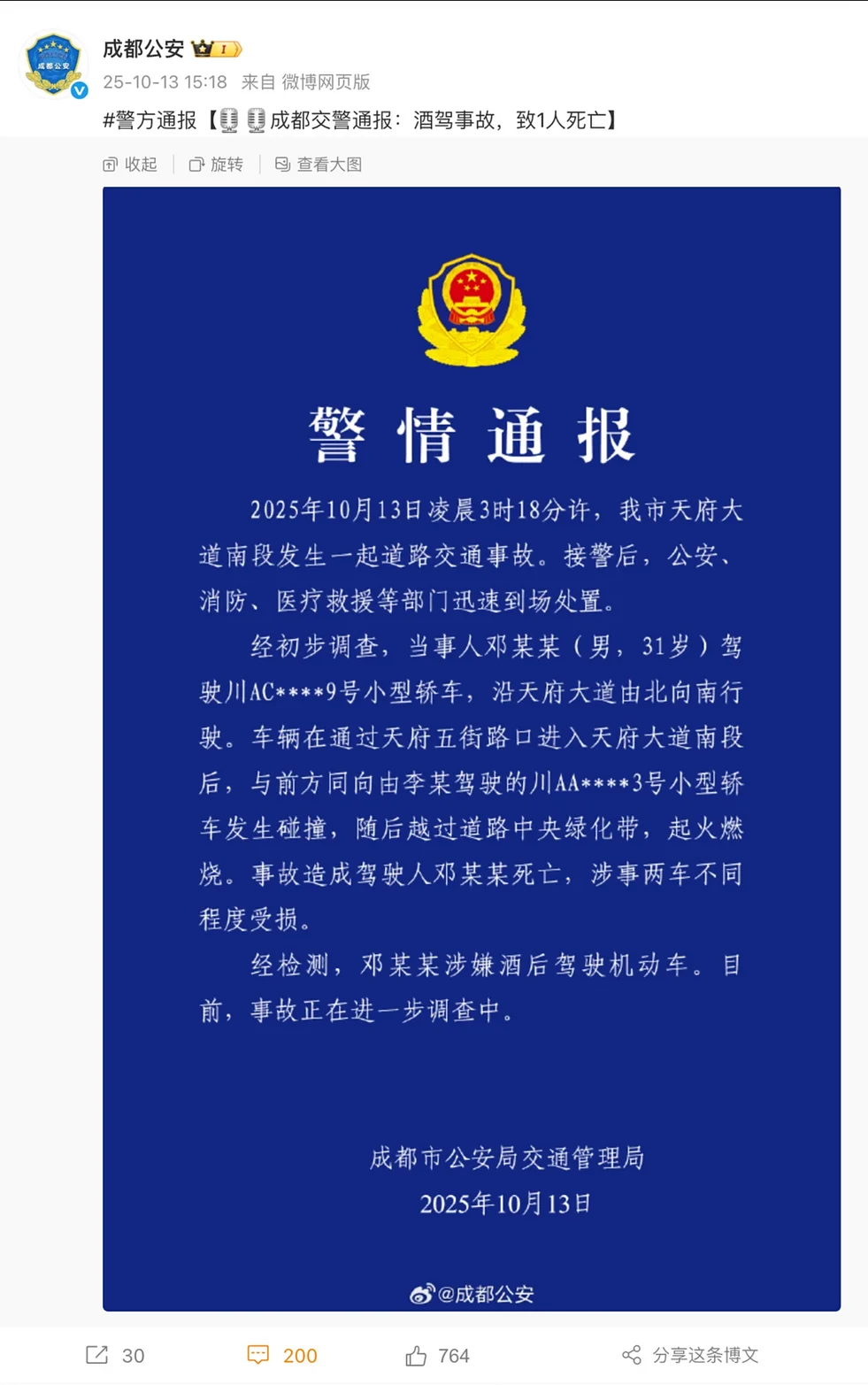Xiaomi SU7 Ultra Accident: EV Future in Doubt?

Xiaomi SU7 Ultra Fire: Tragedy in Chengdu Sparks Doubts About EV Future
A somber cloud has descended upon Chengdu’s automotive scene. A tragic road accident on Tianfu Avenue has not only claimed a life but has also cast a long shadow of uncertainty over Xiaomi’s ambitious leap into the electric vehicle (EV) market. A fatal crash, a devastating fire, and a vehicle strongly believed to be the brand-new Xiaomi SU7 Ultra have ignited a wildfire of questions. What went wrong? Was it solely driver error, or is there more to this story? As Chengdu police delve into the investigation, social media is ablaze with speculation, and the future of Xiaomi’s automotive venture appears to be teetering. Could this single incident derail the tech giant’s ascent in an already fiercely competitive sector?
The incident occurred in the early hours of the morning, around 3:18 AM, on a road that was virtually deserted. According to the official statement from Chengdu traffic police, a 31-year-old driver, identified as Deng, was speeding in a small sedan at 104 km/h when he collided with another vehicle. The impact was severe – the car veered across the median, crashed, and subsequently erupted in flames. Confirmed tests revealed Deng was under the influence of alcohol, and tragically, he lost his life. While the police haven’t officially confirmed the vehicle as a Xiaomi SU7 Ultra, viral images and videos circulating on platforms like Weibo strongly suggest it was this flagship model, Xiaomi’s proud entrant into the EV arena. Firefighters and rescue crews arrived swiftly, but unfortunately, they couldn’t save the driver. Eyewitnesses desperately tried to pry open the burning vehicle’s door, but their efforts were in vain, fueling a torrent of rumors.

The Burning Question: Why Didn’t the Door Open?
This immediately brings us to the first major question: why was the door inaccessible? Videos doing the rounds on social media show rescuers repeatedly hitting and kicking at the car while flames consumed its interior. Some users are speculating about a potential malfunction in the SU7 Ultra’s automatic door-unlocking system. This feature, according to Xiaomi’s customer service, is designed to activate automatically after detecting a collision, allowing for external door handle access. Xiaomi has maintained a cautious stance, deferring to the ongoing police investigation for official clarification, but their measured response hasn’t exactly put people’s minds at ease. Is it possible that a technical glitch complicated the rescue effort? Or was the intensity of the fire, the speed of impact, or the nature of the crash itself what sealed the driver’s tragic fate?
Driver Error vs. Technical Concern: The Blame Game
Drunk driving is, without a doubt, the central factor highlighted by the authorities. The police report is clear: Deng was intoxicated, and his reckless actions triggered the collision. However, the spotlight has rapidly shifted towards Xiaomi. The brand, celebrated for its smartphones and smart home gadgets, has made a massive bet on EVs with the SU7 Ultra, a car engineered to go head-to-head with industry giants like Tesla and BYD. But this incident raises some uncomfortable questions: Is Xiaomi truly ready for the unforgiving demands of the automotive market? Can a company that built its empire on consumer electronics consistently deliver the reliability and safety expected of a high-performance electric vehicle?

Public Perception: The Ripple Effect of Viral Videos
The second significant question mark hangs over public perception. In a market where trust is paramount, rumors of a potential failure in the door unlocking mechanism could seriously tarnish the SU7 Ultra’s reputation. Even though Xiaomi insists its technology is robust, the sheer virality of these videos has amplified the doubts. What impact will this have on sales? The SU7 Ultra, touted as an engineering marvel with its futuristic design and cutting-edge features, aims to capture the imagination of Chinese consumers and, eventually, the global market. But a single incident, even if not directly the manufacturer’s fault, can cast a long and difficult-to-dispel shadow.
A Look at the SU7 Ultra’s Promised Tech
Xiaomi has been quite vocal about the technological prowess packed into the SU7 Ultra. Here are some of the highlighted features that were meant to impress:
- Advanced Driver-Assistance Systems (ADAS): Designed for enhanced safety and convenience.
- Intelligent Connectivity: Seamless integration with the Xiaomi ecosystem.
- Fast Charging Capabilities: Minimizing downtime for EV owners.
- Aerodynamic Design: For improved efficiency and a striking visual appeal.
- Intuitive Infotainment System: Featuring a large, responsive touchscreen.
The Strategic Crossroads: Xiaomi’s EV Ambitions on the Line
Finally, we arrive at the big strategic question: how will this accident impact Xiaomi’s grand plan to become a leader in the automotive sector? The company has poured billions into its EV division, establishing manufacturing facilities in China and charting an ambitious course for international expansion. Yet, the automotive industry is notoriously unforgiving. A single technical flaw, whether real or perceived, can come at a steep cost in terms of trust and market share. If the police investigation points to any defect in the SU7 Ultra, the repercussions could be devastating. Even if it’s confirmed that the accident was solely due to the driver’s recklessness, the damage to Xiaomi’s image has already begun to ripple across social media.

Navigating the Unknowns Ahead
As we await concrete answers, the case of the Chengdu SU7 Ultra serves as a stark reminder of how fragile trust can be in the automotive industry. Xiaomi, a brand that has successfully conquered the world of tech with innovative products, now faces a significantly greater challenge: proving it can indeed compete and excel in the demanding realm of automotive manufacturing. Will they manage to navigate this crisis successfully? Or will this tragic accident mark the first stumble on a path fraught with obstacles? For now, doubts seem to outweigh certainties, and Xiaomi’s future in the electric vehicle market hangs precariously in the balance.







